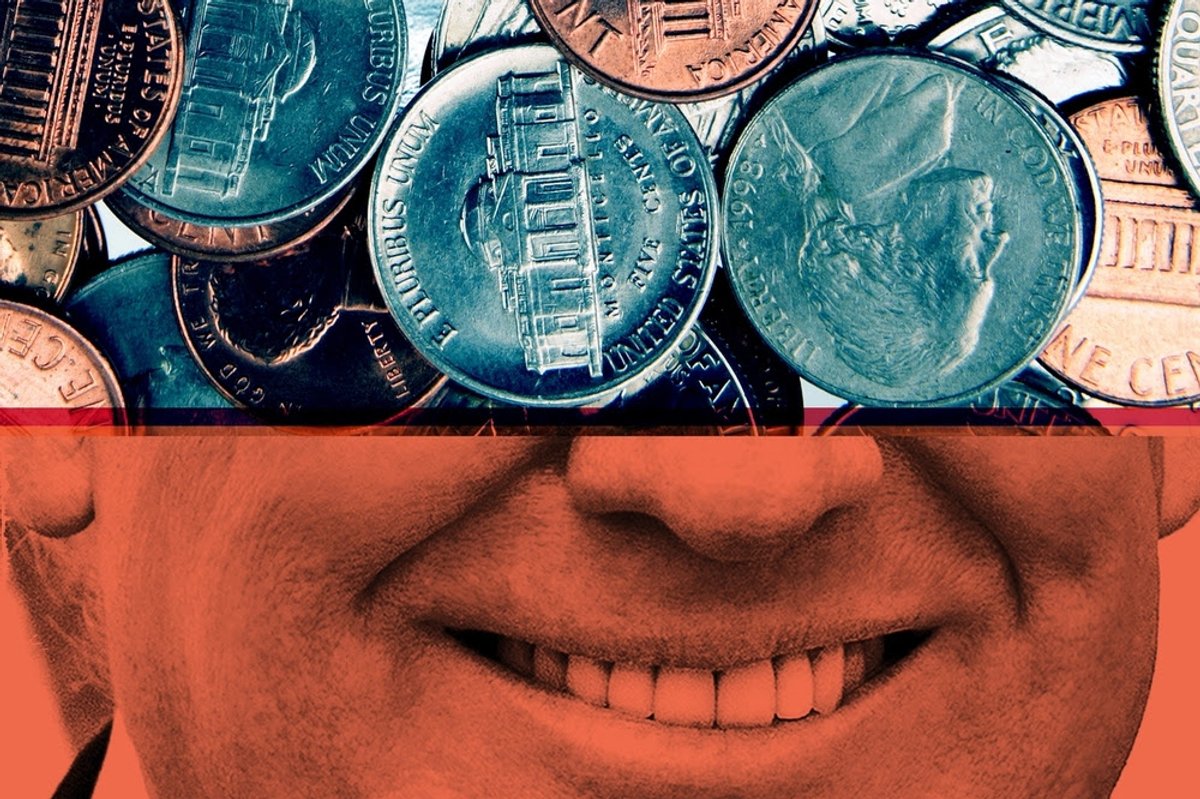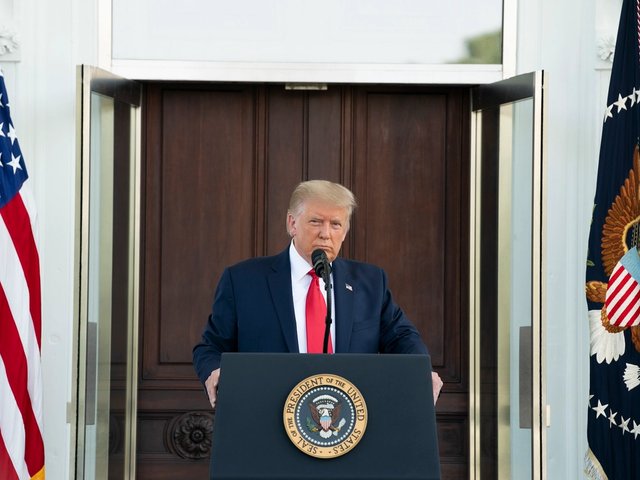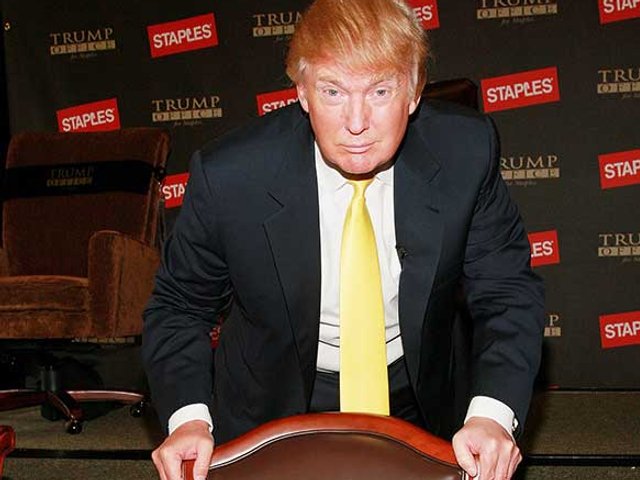Like it or not (and I vehemently don’t), Donald Trump has been elected president of the US, and the art market will have to deal with him, and his policies, over the next four years.
One thing he has already made clear is his promise to impose swingeing tariffs of 25% on imports from Mexico and Canada, and add an additional 10% to the existing 7.5% tariff on imports of paintings from China. And as far as Europe is concerned, Trump is threatening to impose up to 20% on all imports.
This is terrifying art dealers. The US is the world’s largest art market by far, representing 42% of sales in 2023—far ahead of China (19%) and the UK (17%). A massive increase in import duty will surely make buyers of art think again, as dealers will have no alternative than to pass it on to the collectors.
In addition, Latin American art is one of the few sectors on a roll in a bleak year; see, for example, the astonishing prices paid for the late Leonora Carrington—British born, but Mexico-based for most of her career. First an eye-watering new record of $28.5m was set for her Distractions de Dagobert (1945) in May, and then $11.4m was paid for her sculpture La Grande Dame (1951) in November.
Admittedly, the Carringtons are destined for the Latin American Art Museum of Buenos Aires (Malba) but an increase in tariffs from Mexico will certainly hamper the sale of other such artists in the US.
Is Trump bluffing? Unfortunately not. Francis Petit, the director at the fine art shippers Gander and White in New York, told me: “No, I don’t think he is bluffing at all. He is unpredictable, but the tariffs are part of his strategy to help the US. How and when they will be imposed, nobody knows. But remember that he says they will come in on day one of his presidency. And remember also that during his first term [in 2017], he also did this, although after negotiations some of the tariffs on European imports were reduced.”
The integration of the tariffs, Petit continues, “will have consequences on our economies that no one can predict yet. Supply chains are so complex today, changing them takes years.”
I asked him if there are any strategies to mitigate the impact. “Not really,” he replies. “The only solution is, as a dealer, to rethink the pieces you will be selling, but of course choosing for a fair can take months, if not years. It won’t be so easy for exhibitors to pivot.”
And he sees the middle and lower end of the market being hit most. “The exceptional, one-of-a-kind works will probably be OK in that the buyer will pay the extra. But there will be an impact lower down the price scale, as the market is very price-sensitive today,” he says.
“The good news is that it is a good time to buy art that is already in the US, for instance at the Art Basel Miami Beach fair!” he concludes. “Spend your money now, before the tariffs are in place!”





